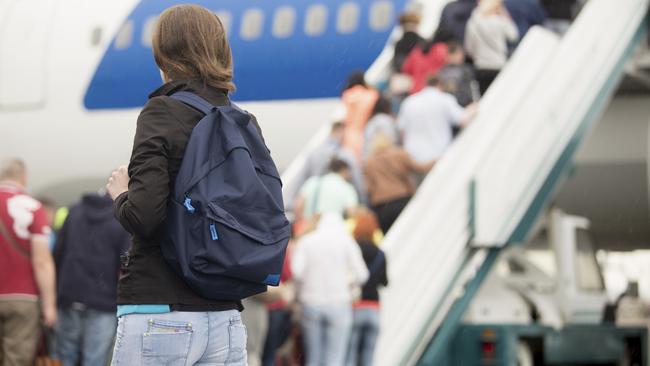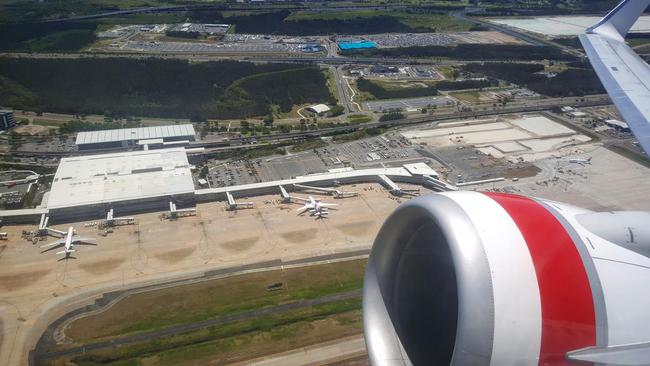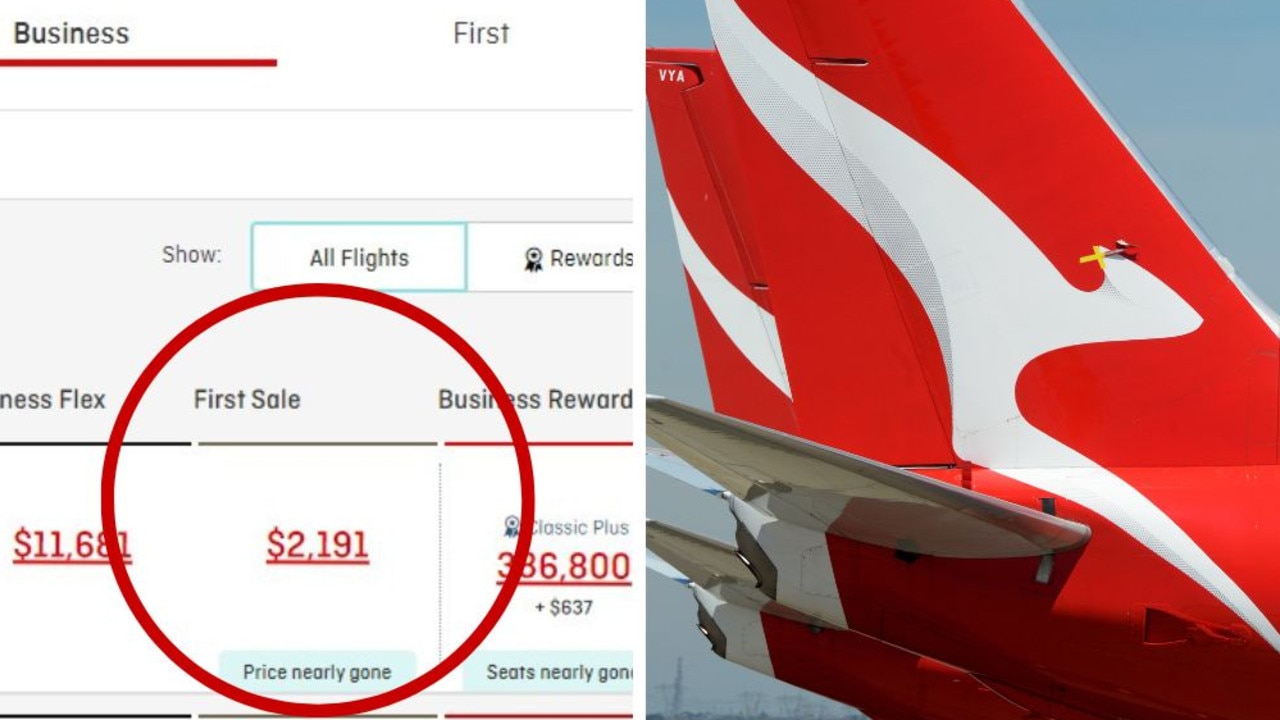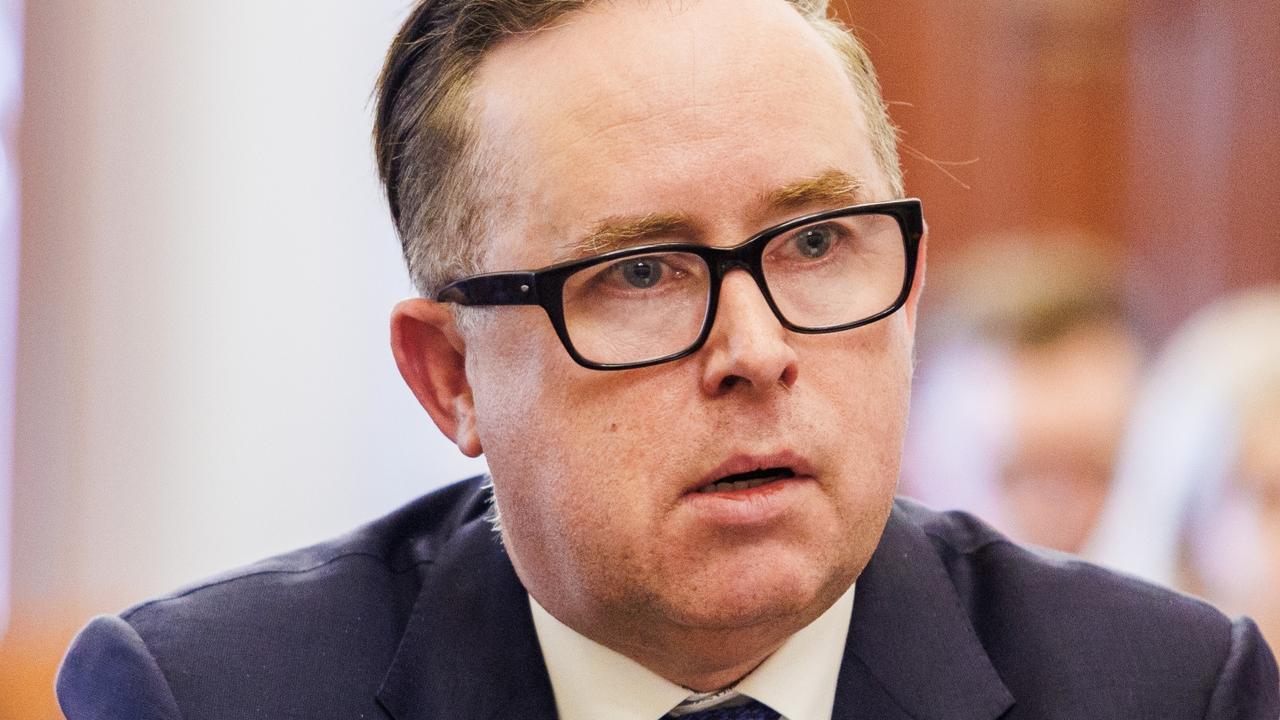Top travel trends forecast for 2017
THESE days, travellers vote with their wallets. The top travel trends of 2017 will feature lower costs and better choices.
TRAVEL is evolving rapidly as consumers increasingly vote with their wallets.
In the past 12 months, we’ve seen the world's first robot hotel, next generation in-flight wi-fi, the controversial trial of “basic economy” flights that gives budget travellers the option to ditch cabin baggage, and buzzwords such as “digital detox” and “babymoon”.
This year, there will be no shortage of exciting developments for Australian travellers.
From bigger and better airports to more international travel and less generic holidays, Cheapflights.com.au has compiled its travel predictions for 2017.
1. DECLINE OF THE GENERIC HOLIDAY

Travel as an experience increasingly eclipses just the basics of getting away, and this year will see more people looking to travel with purpose.
Thanks to the popularity of homestay services like Airbnb, travellers can easily live like a local, taking up residence in a new city or a remote bit of countryside for a few days, weeks or
even months. This gives rise to a much more personalised and authentic experience.
There is also a trend for combining work and travel and having a working holiday.
One is the so-called “bleisure” trip, where you tack on time and possibly an added destination or two to work travel. Done right, this is the ultimate in multi-tasking — add another outfit or two to your bag and have work pick up the bulk of your travel tab.
Another spin is the “have laptop, will travel” habit. If you can work wherever you are (an increasing phenomenon in today’s tech-driven, remote employee world), there’s no reason not to take your job with you on the road and become a digital nomad.
Eco-tourism is another popular option.
The ticking clocks of climate change and overdevelopment are getting louder for many people, driving an added sense of urgency to seeing destinations that are endangered and supporting tourism services that sustain vulnerable lands and species.
2. UNBUNDLED AIRFARES FOR THE WIN

Travellers have voted with their wallets, fuelling the growth of low-cost carriers and spurring airfares to continue to drop, hitting a five-year low in 2016.
By becoming increasingly savvy about how to pick and choose services, flyers will likely embrace pay-as-you-go costs and take control of their budgets.
While low-cost travel is still not for everyone, the nostalgia for the “good old days” when airfares were all-inclusive will fade as people focus on getting where they want to go for less.
3. GOLDEN AGE FOR INTERNATIONAL TRAVEL

With airlines offering more budget options, overseas travel will be more accessible than ever. Look for more moves like the growth of Tigerair’s “narrowbody operation”, with the airline planning to expand its international schedule with smaller aircraft that’s cheaper to run.
Agreements between Chinese and Australian airlines will aid this phenomena too, with Virgin
Australia tipped to launch daily flights to Hong Kong and Beijing from June 2017.
Travellers often bring their own snacks and drinks, but this year they’ll increasingly be expected to bring their own entertainment as well to keep airline spending (and airfares) in check.
The first direct flight linking Australia to the UK (via Perth and London) will be a game-changer when it launches in 2018, reducing a long journey to one 17 hour flight.
4. MORE AIRPORT INNOVATION AND INVESTMENT

This year will see some important changes impacting travellers’ airport experience.
Brisbane Airport will roll out $3.8 billion worth of major projects over the next decade, including terminal expansions, car parks and building upgrades.
Canberra Airport is undergoing redevelopment too. Dubbed the ‘AirVolution’, there will be more retail, food and beverage outlets, as well as a business centre and kids play area.
The Australian Government will also invest $3 billion on a second airport in Sydney at Badgerys Creek, which is expected to be up and running by the mid-2020s.
5. PORTABLE TRAVEL SEARCH

Mobile technology has changed the face of travel planning and search.
Globally, Cheapflights already receives 60 per cent of demand and more than 40 per cent of revenue from mobile, and this is only set to increase.
At the most basic, it’s the simple step of pulling out your phone for an impromptu holiday planning season over dinner, but increasingly, expect text alerts for sales, or to get a price from your favourite voice-based internet device or through Facebook Messenger.



